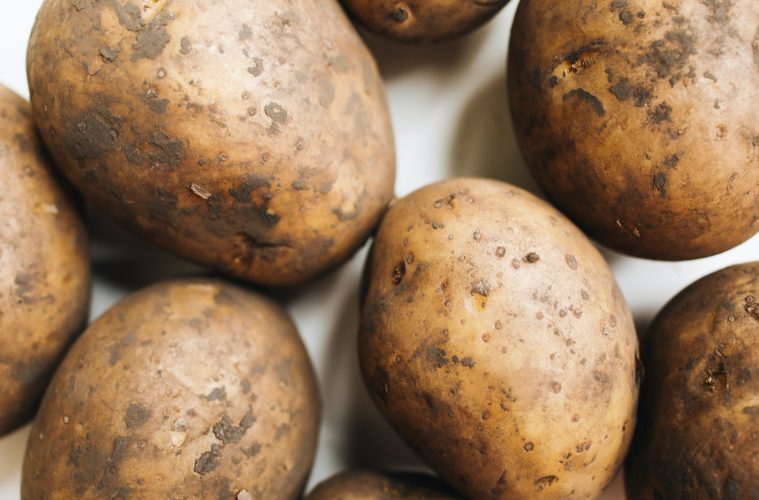Many home gardeners will be reaping the rewards of their potato harvest this month, ready to use in several classic recipes. But, as a crop that can be grown almost all year round in some climates (and in a container), there is also still time to plant your potatoes now to use in hearty winter meals.
For those without garden space, there is always the option of growing potatoes in containers. The process can be tricky for this root crop, but it is well worth it in the end.
Light
The more sunlight your potato plants receive, the bigger and better your harvest will be. At a minimum, potato plants should get six hours of sunlight daily, though at least eight is ideal. Potatoes can handle growing in some partial shade, but your harvest will be smaller.
Water
It’s important not to overwater potato plants, as this can cause your crop to rot. On the other hand, underwatering can cause divots and dents to form in your potatoes. Soaking the container every few days when the soil just dries out should strike the balance your potatoes need. After it rains, avoid watering your potatoes for a while so the soil doesn’t get soggy.
Soil
As potato crops grow completely underground, your choice of soil is important when growing potatoes in containers. To give your potato plants their ideal environment, combine well-draining potting soil with a few handfuls of compost for added nutrients. Fill the container only halfway when you plant initially, slowly building the soil up as the stem grows to make space for tons of potatoes.
Fertilizer
Potato plants will yield a larger harvest if they are fertilized. But too much strong fertilizer can lead to burning or rot, potentially ruining your harvest. Use low-concentration organic fertilizers at planting time and if your plants need a boost throughout the season.
READ MORE: CAN YOU GROW GARLIC FROM STORE-BOUGHT CLOVES?
Feature image via pexels


